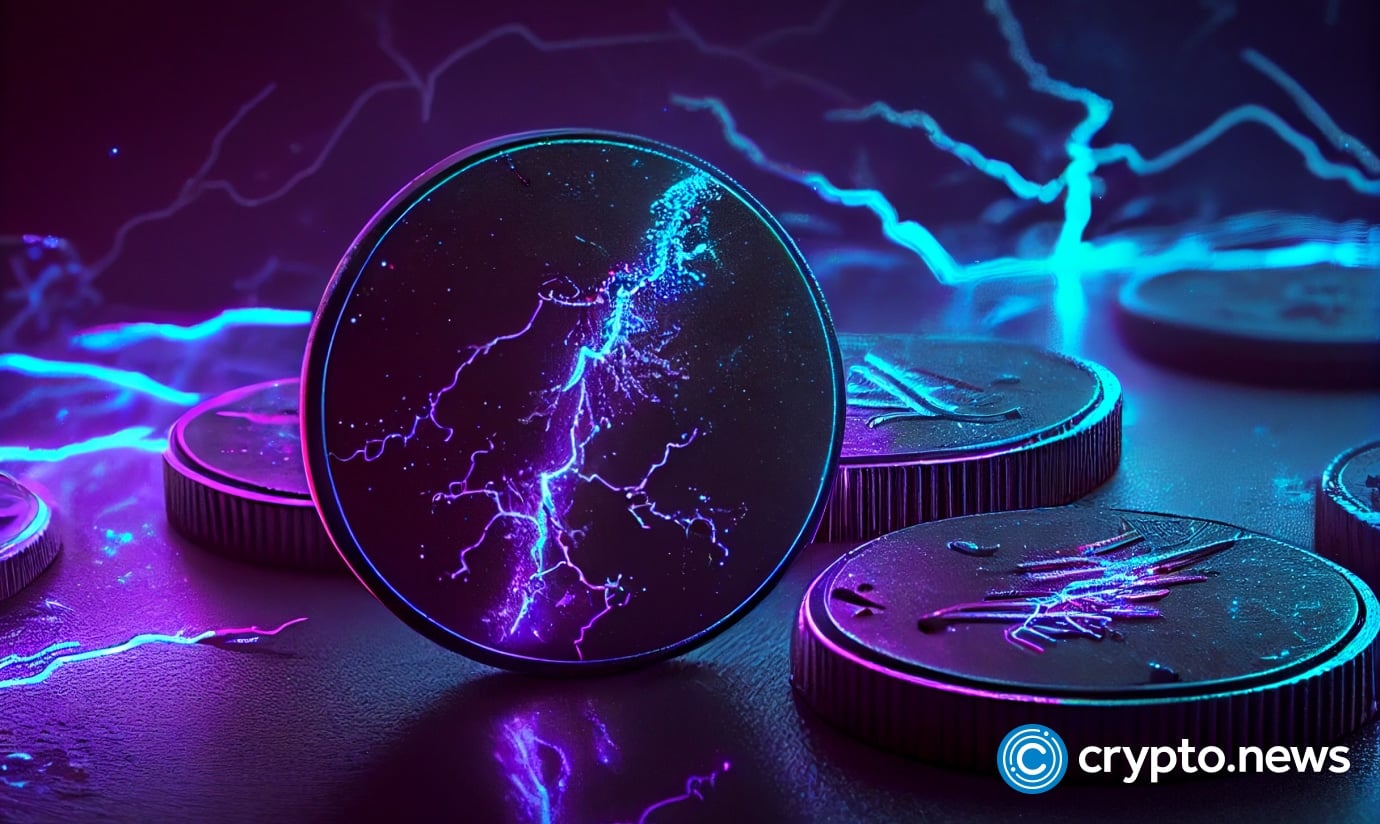AI data center 'frenzy' is pushing up your electric bill — here's why
Energy-hungry data centers that underpin artificial intelligence are contributing to higher residential electricity bills, say experts.

An aerial view of a 33 megawatt data center with closed-loop cooling system on October 20, 2025 in Vernon, California.
Mario Tama | Getty Images
The data centers that power the artificial intelligence revolution are driving up electricity prices for households — and price relief may not be coming anytime soon, according to energy experts.
Residential retail electricity prices in September were up 7.4%, to about 18 cents per kilowatt hour, according to the most recent data from the Energy Information Administration.
Electricity prices closely tracked inflation from 2013 to 2023, but will likely outpace inflation at least through 2026, according to an EIA forecast from May. Some regions will be hit harder than others, it said.
Energy experts and economists point to electricity-hungry data centers that underpin AI projects as a key reason for the price inflation.
These data centers are vast warehouses of computer servers and other IT equipment that power cloud computing, artificial intelligence and other tech applications.
Read more CNBC personal finance coverage
The basic reason for rising prices: Electricity demand — including actual and forecasted demand — is outstripping new supply.
Data centers are expected to consume anywhere from 6.7% to 12% of total U.S. electricity by 2028, up from 4.4% in 2023, the U.S. Department of Energy estimated in December 2024.
John Quigley, senior fellow at the Kleinman Center for Energy Policy at the University of Pennsylvania, pointed to the "data center frenzy" as the primary driver of higher electricity prices for households.
"They're pretty much the whole boat when it comes to increases in electricity demand," Quigley said.
"It's going to get worse," he said.
Affordability is the 'most salient issue' in politics
Virginia Democratic gubernatorial candidate, former U.S. Rep. Abigail Spanberger delivers remarks during her election-night rally at the Greater Richmond Convention Center on November 04, 2025 in Richmond, Virginia.
Win Mcnamee | Getty Images
To be sure, data centers aren't the only contributor to higher electricity prices, experts said.
But escalating electricity prices "can strain household budgets ... undermine economic competitiveness ... and hinder the electrification of energy systems," researchers at the Lawrence Berkeley National Laboratory wrote in a recent analysis.
Rising electricity prices for U.S. households also come as politicians continue to leverage the affordability theme to garner support.
New Jersey governor-elect Mikie Sherrill and Virginia governor-elect Abigail Spanberger, both Democrats, promised to lower electricity bills for state residents. During her campaign, Spanberger said she wants to "make sure data centers don't drive up energy costs for everyone else in Virginia."

While on the campaign trail, President Donald Trump had also pledged to cut electricity and energy prices in half within his first 18 months of office.
"Affordability remains [the] most salient issue in politics," Chris Krueger, a strategist at Washington Research Group, wrote in a research note on Tuesday.
Rising energy bills are pushing households deeper into debt, according to a recent analysis by the Century Foundation, a progressive think tank.
The average overdue balance on utility bills has risen 32% since 2022, to $789 from $597, it found. Utilities include electricity and other costs like gas and water.
Households that use electricity to heat their homes are estimated to see their winter heating bills rise to $1,205 this season, up about 10% from $1,093 last winter, according to the National Energy Assistance Directors Association.
"Consumers may again feel the pressure on their utility bills in the coming months, particularly if the winter is a cold one," according to a Bank of America Institute report from October.
Booming electricity demand
the Google Midlothian Data Center in Midlothian, Texas, US, on Friday, Nov. 14, 2025.
Jonathan Johnson | Bloomberg | Getty Images
AI euphoria has been driving the U.S. stock market ever higher — and fueling speculation that the market is in a tech-fueled bubble that might soon pop.
Regardless of whether the market's AI rally proves sustainable, the scale of the technology's growth is unmistakable. The International Energy Agency expects worldwide electricity demand from AI data centers to more than quadruple by 2030.
"Global electricity demand from data centres is set to more than double over the next five years, consuming as much electricity by 2030 as the whole of Japan does today," Fatih Birol, IEA executive director, said in that analysis.
The effects will be "particularly strong" in countries like the U.S., where data centers are projected to account for almost half of the growth in overall electricity demand, according to the IEA analysis.
The U.S. economy is on track to consume more electricity in 2030 for processing data than for manufacturing all energy-intensive goods combined, including aluminum, steel, cement and chemicals, the IEA found.

Forecasted demand has fueled the need for new infrastructure like power lines, substations and power plants, the costs of which companies at least partly pass on to residential consumers, said Quigley of UPenn.
In other words, households are partially subsidizing the AI data center expansion, he said.
While AI-driven electricity demand is happening across the U.S., some electric grid managers are better at managing costs than others," said Quigley.
"The amount of the [price] increase will vary by region," he said.
Amazon's largest AI data center has seven completed buildings, with 30 total buildings planned on 1,200 acres in New Carlisle, Indiana, shown here on October 8, 2025.
Erin Black
For example, extreme weather like hurricanes, storms and wildfires contributed to "sizable" price growth in some states like California, where wildfire risk mitigation and liability insurance were "major cost drivers," according to an October report from Lawrence Berkeley National Laboratory, a U.S. Energy Department laboratory managed by the University of California.
After accounting for the impact of inflation, 31 states actually saw electricity prices decline from 2019 to 2024, according to Lawrence Berkeley National Laboratory researchers. Seventeen states saw price increases after inflation, especially in states on the West Coast and in the Northeast, they found.
Nationally, average retail electricity prices increased by 23% over that period in nominal terms, meaning before accounting for inflation, they found.
Increasing residential electrification, including electric vehicles, is among other factors pushing up electricity demand, according to the Bank of America Institute.

 Troov
Troov 































